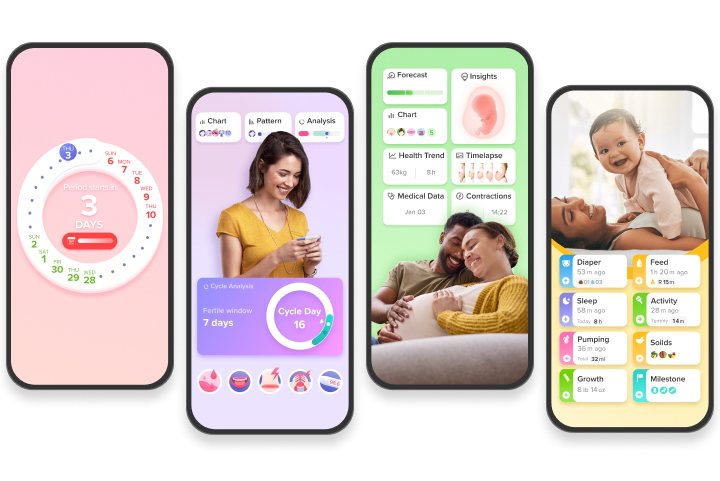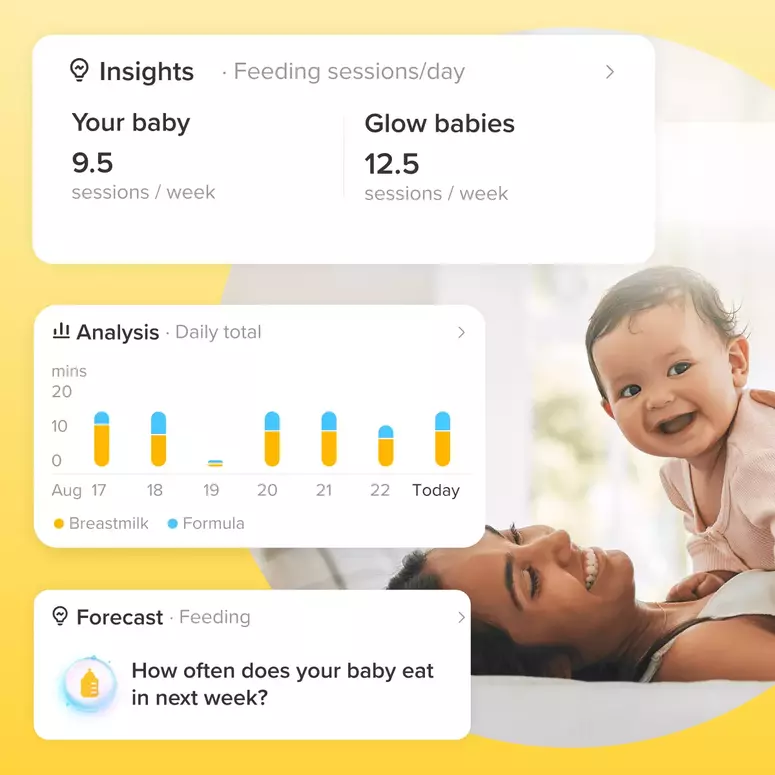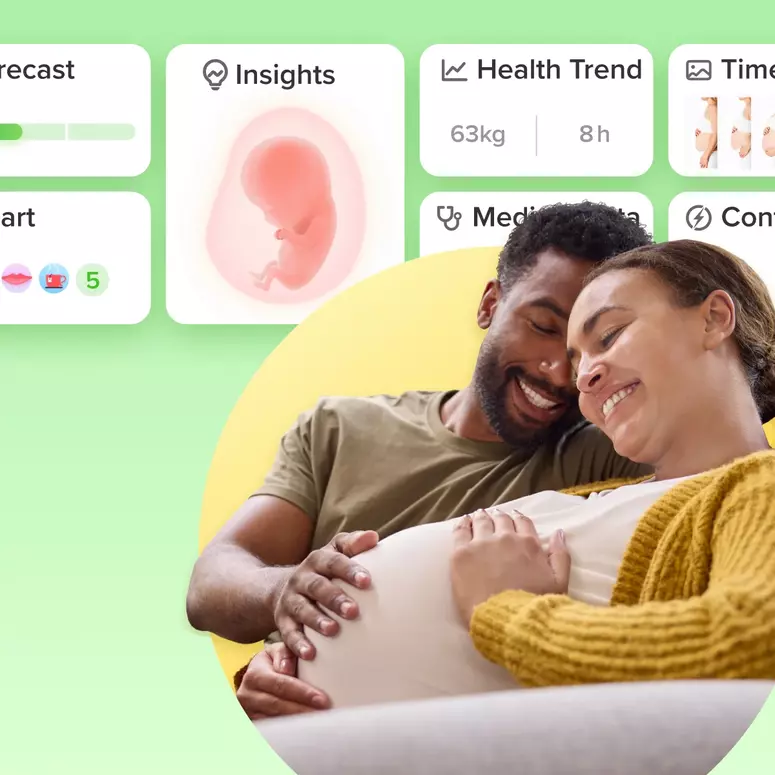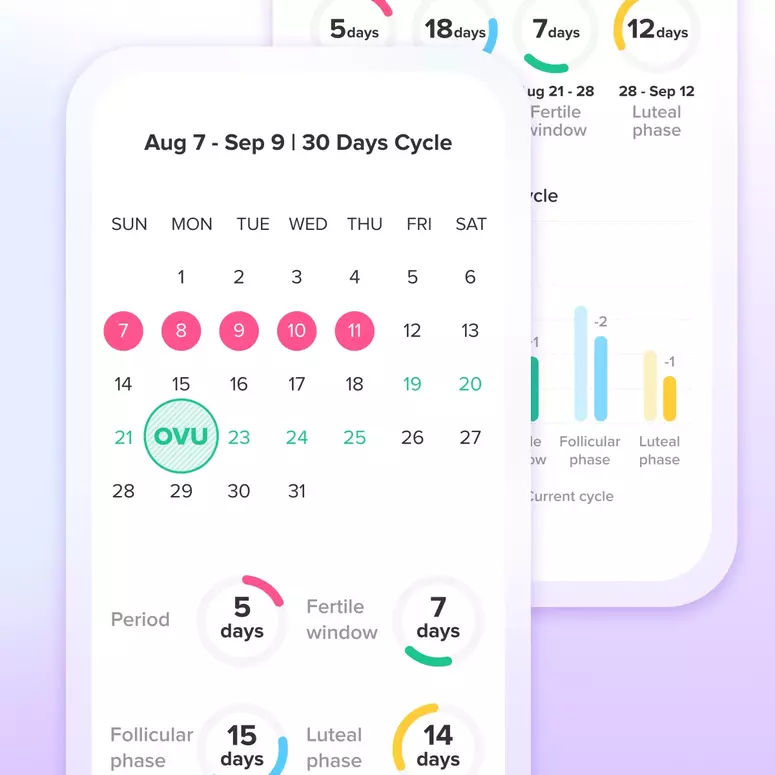Irregular periods or cycles are menstrual cycles that deviate from the typical range of 21 to 35 days. This means that periods may occur too frequently, too infrequently, or be unpredictable in timing or flow. Factors such as hormonal imbalances, stress, significant weight changes, and underlying health conditions like PCOS or thyroid disorders can cause these irregularities.
Here’s a deeper dive into what irregular periods might look like:
- Missed Periods: You might skip the entire month.
- Cycle Length Variation: One month it’s a 25-day cycle, the next it’s 40 days.
- Unusually Heavy or Light Bleeding: Significant changes in flow can be a sign.
- Spotting Between Periods: Unexpected bleeding can throw you off your cycle’s rhythm.
Typically, women with regular cycles are advised to take a pregnancy test one week after their missed period. But when your periods don’t follow a set pattern, the timing can seem like a moving target. Here are some guiding points to help you:
- Track Your Symptoms: Pay attention to pregnancy symptoms. Nausea, breast tenderness, fatigue, and frequent urination can all be signs. While these symptoms can also occur for other reasons, if you notice them, it might be a good cue to take a pregnancy test.
- Count from the Longest Cycle: If you’re someone whose cycle length varies, take into account the longest cycle you’ve experienced recently. Wait for that timeframe to pass before testing. For Glow app users, you can easily find the information in Cycle Analysis.
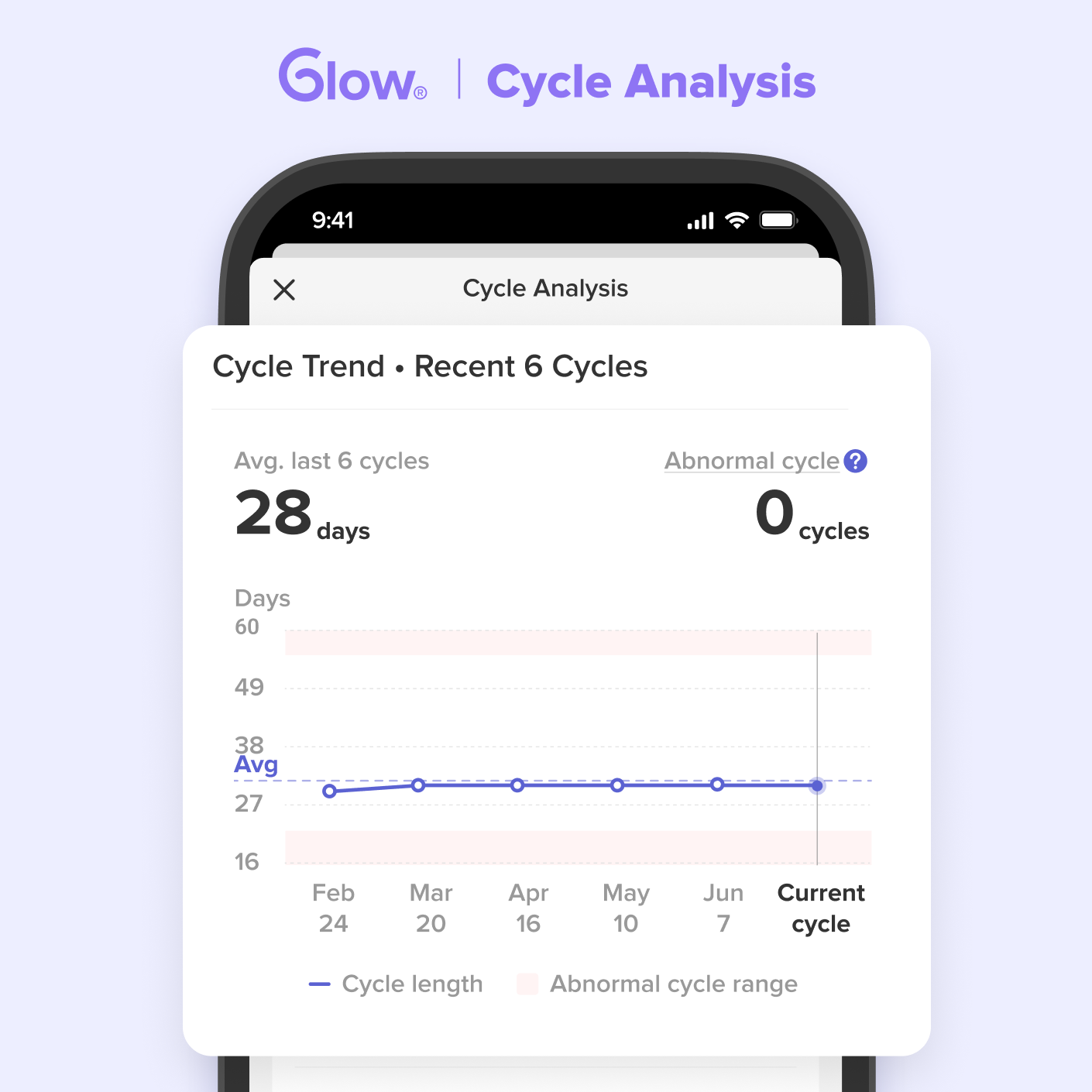
- Two Weeks Post-Ovulation: If you’ve been tracking ovulation using methods like basal body temperature or ovulation predictor kits, you might have a better sense of your fertile window. Typically, it is best to wait about 14 days post-ovulation (DPO) to take a pregnancy test. This is when the levels of the pregnancy hormone hCG are likely high enough to be detected. If ovulation is hard to determine due to irregular cycles, extensive tracking might be a game-changer. For more about tracking ovulation with irregular periods, see “Navigating Irregular Periods, Part 1: How to Track Ovulation” .
- Multiple Tests: Don’t be afraid to take multiple tests over a few days or a week. Hormone levels double approximately every 48-72 hours in early pregnancy, so a negative result one day might turn positive a few days later.
- Err on the Side of Patience: If you’re unsure, waiting an extra week or so past when you might expect your period (based on your longest cycle) can increase the accuracy of the test.
- Consult Your Healthcare Provider: If you have irregular periods and suspect pregnancy, speaking with your healthcare provider can be incredibly reassuring and informative. They might recommend a blood test, which can detect pregnancy earlier than a urine test.
Remember, testing too early can lead to false negatives and emotional stress. Patience, although difficult, is important. Empower yourself with the right tools and knowledge, and you’ll be able to navigate this with more confidence. If you have any doubts or questions, talking to a healthcare professional can provide additional guidance and support.
Your journey to understanding your reproductive health is crucial, and you’re doing an amazing job by seeking out the right information. Whether you end up with a positive or negative pregnancy test, having a clear plan and resources can help you take the next steps with confidence and peace of mind. Keep taking care of yourself and trust in your body’s signals.
